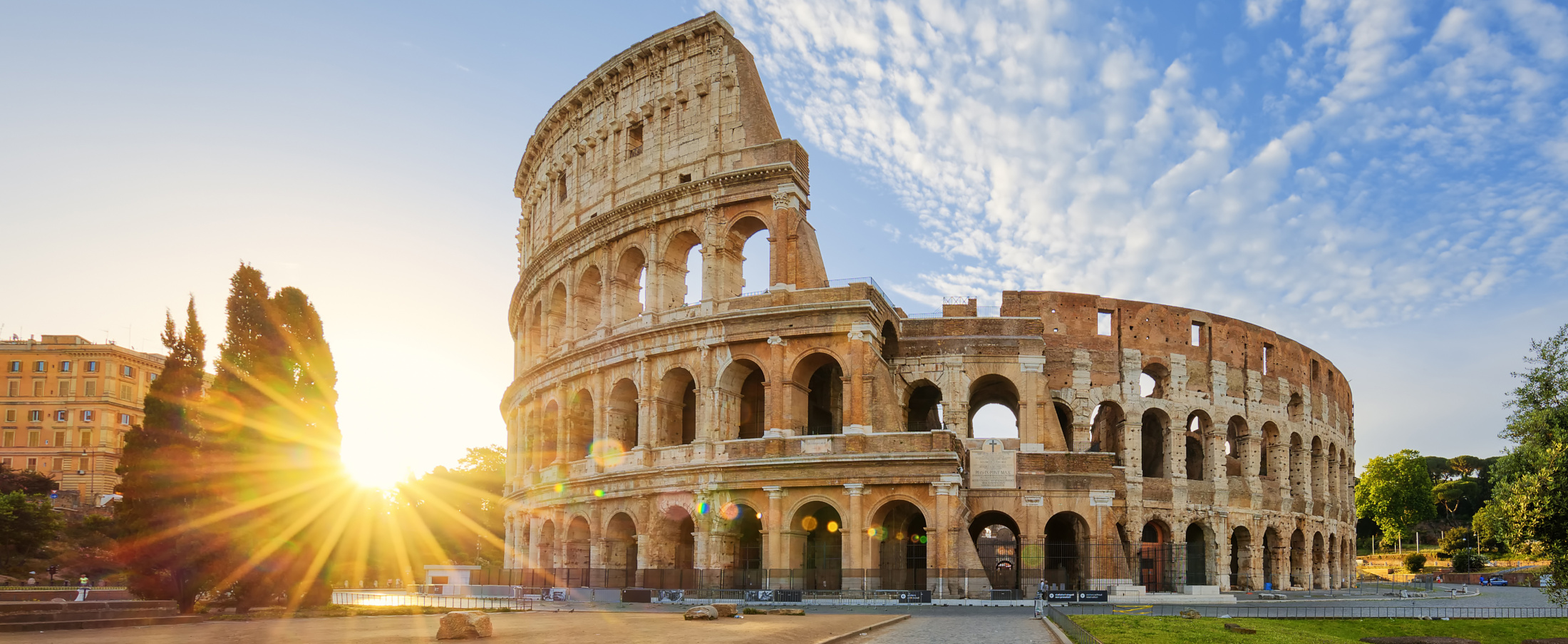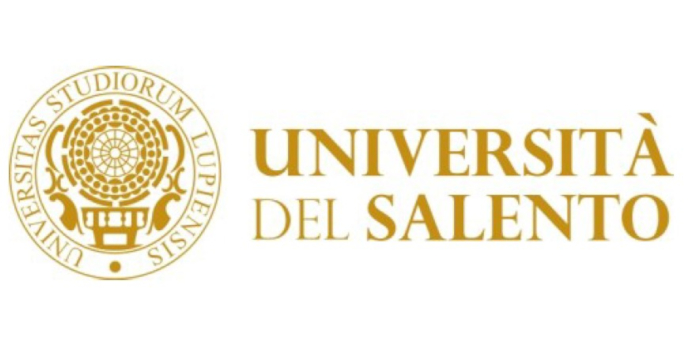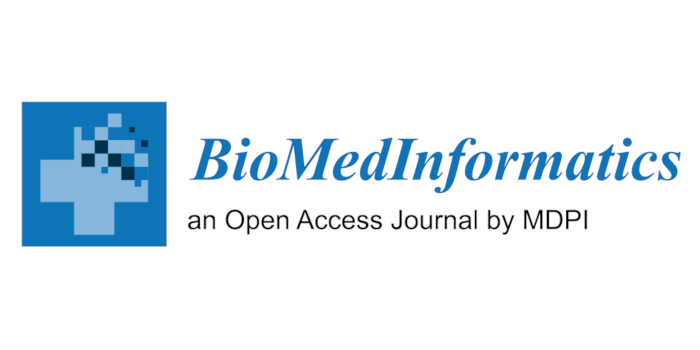From Artificial Intelligence to Extended Reality for Emergency and Disaster Management
ORGANIZED BY
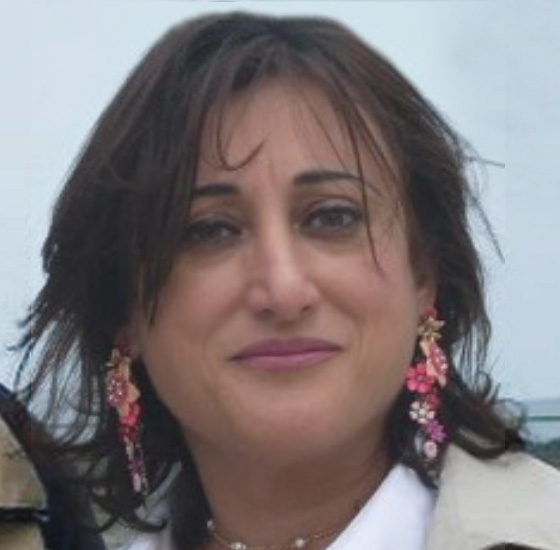
Silvia Liberata Ullo
University of Sannio, Italy

Alessandro Sebastianelli
University of Sannio, Italy
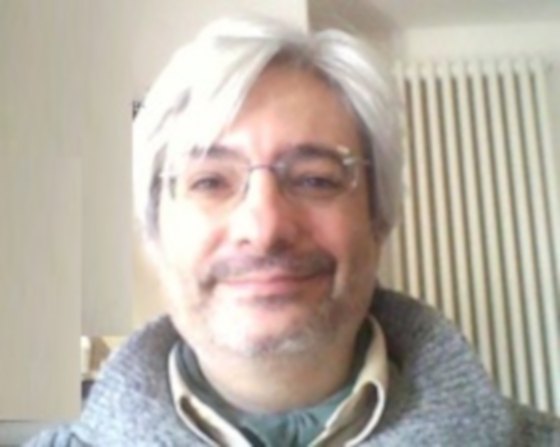
Fabio Leccese
University of Roma Tre, Italy

Fiora Pirri
University of Roma Sapienza, Italy
ABSTRACT
Despite the significance of studying emergency management, disaster scenes are difficult to construct in real life. To address this problem, the use of novel techniques in emergency research is essential, and the past two decades have witnessed the application of various emerging techniques in this area. Among them, Extended Reality (XR) is especially significant, as it can provide researchers with virtual emergencies without causing any real-world danger, which is essential for emergency management studies. XR helps researchers, government authorities, and rescue teams with tools for recreating the emergencies entirely through computer-generated signals of sight, so und, and touch, and overlays of sensory signals for experiences a rich juxtaposition of virtual and real worlds simultaneously, with the possibility to support the population in danger in a deeply efficient way, never experimented before.
To support these activities the integration of other aspects is necessary. Satellite data and related advanced techniques (i.e. those based on machine learning (ML)) have a significant impact in retrieving auxiliary necessary information.
Therefore, this special session will host contributions on XR/ML-based systems with regard to the possibility of employing satellite data for emergency and disaster management. Nevertheless, considering the innovation character of the argument treated Peculiar aspects will be the development of virtual and augmented reality environments, which can help scientists, technologists, engineers, administrators, politicians, and representatives of civil society in drawing guidelines and practices useful to manage hazard events with an increased capability.
For instance, the European Space Agency (ESA) has a long list of projects related to public applications involving different stakeholders and people of different ages and positions:
https://business.esa.int/projects/theme/erm
An idea like that described above will fill an area not covered yet.
Considering the extremely innovative nature of the special session, applications or studies concerning the individual topics and methodologies dealt with in the special session will also be taken into consideration. In fact, even if apparently they do not fall within the specific sector addressed by the Special Session, in the future, they could have repercussions also in this specific research field.
TOPICS
The list of topics includes (but it is not limited to) the following:
- XR/ML-based systems for emergency and disaster management
- Integration of XR and ML techniques with satellite data processing
- Online multi-source data processing and real-time interaction
- Virtual and augmented reality for data collection
- Disaster monitoring through artificial intelligence
- Pattern recognition and human detection in disaster environments
- Data fusion
- Non-invasive measurements
- Wireless Sensor Networks and satellite data integration
- Synthetic-aperture radar (SAR)
- Spectral Estimation Approach
- Non-parametric methods, Capon Method, APES method
- Iterative Sparse Asymptotic Minimum Variance (SAMV)
- Parametric subspace decomposition methods: i.e. Eigenvector method, MUSIC method
- Backprojection algorithm
- Standard and rule definitions
- Multistatic Operation
- Scanning Modes
- Special techniques: Polarimetry, Interferometry, Ultra-wideband SAR, Doppler-beam sharpening, Chirped radars
- Standard and Rules Definition
- Uncertainty and Metrological Parameters: Definition and Estimation
- Applications, Typical Operations, Image appearance and case-studies
- Different data sources
ABOUT THE ORGANIZERS
Silvia L. Ullo. IEEE Senior Member, Industry Liaison for IEEE Joint ComSoc/VTS Italy Chapter. National Referent for FIDAPA BPW Italy Science and Technology Task Force. Researcher since 2004 in the Engineering Department of the University of Sannio, Benevento (Italy). Member of the Academic Senate and the Ph.D. Professors’ Board. She is teaching Signal theory and elaboration, and Telecommunication networks for Electronic Engineering, and Optical and radar remote sensing for the Ph.D. course. Authored 80+ research papers, co-authored many book chapters, and served as editor of two books, and many special issues in reputed journals of her research sectors. Main interests: signal processing, remote sensing, satellite data analysis, machine learning and quantum ML, radar systems, sensor networks, and smart grids. Graduated with Laude in 1989 in Electronic Engineering, at the Faculty of Engineering at the Federico II University, in Naples, she pursued the M.Sc. degree from the Massachusetts Institute of Technology (MIT) Sloan Business School of Boston, USA, in June 1992. She has worked in the private and public sector from 1992 to 2004, before joining the University of Sannio.
Alessandro Sebastianelli. IEEE Student Member. Graduated with Laude in Electronic Engineering for Automation and Telecommunications at the University of Sannio in 2019. He is enrolled in the Ph.D. program with the University of Sannio, and his research topics mainly focus on Remote Sensing and Satellite data analysis, Artificial Intelligence techniques for Earth Observation, and data fusion. He has co-authored several papers to reputed journals and conferences for the sector of Remote Sensing. Ha has been a visited researcher at Phi-lab in European Space Research Institute (ESRIN) of the European Space Agency (ESA), in Frascati, and still collaborates with the Phi-lab on topics related to deep learning applied to geohazard assessment, especially for landslides, volcanoes, earthquakes phenomena. He has won an ESA OSIP proposal titled “AI-powered cross-modal adaptation techniques applied to Sentinel-1 and Sentinel-2 data” in August 2020 presented with his Ph.D. Supervisor, Prof. Silvia L. Ullo. IEEE GRS29-Italy 2020 award for the three best master’s degree theses in Geosciences and Remote Sensing.
Fabio Leccese. Ph.D. in Electronic Engineering. Since 2006, Assistant Professor in the field of Electric and Electronic Measurement and head of the Measurement Laboratory at the Science Department in the University of “Roma Tre” whose principal aim is the design and realization of measurement chains for many different research fields from Power Quality to monitoring of environmental parameters even in harsh scenarios, from cultural heritage to autonomous vehicles (aerial, terrestrial and underwater). Particular attention is done to the Reliability and Maintainability of the device under study or design. Between these applications, recently he started to study possible applications of Augmented Reality for search and rescue tasks but also aimed at the training of maintenance experts for the maintenance of complex objects and structures. Fabio Leccese is the Author or Co-Author of about 200 papers whose 160 are on the SCOPUS database and participants in many national and international research projects.
Fiora Pirri. IEEE Member Full Professor at the Department of Computer, Automatic and Management Engineering. Leads the ALCOR (Vision, Perception And Learning Robotics) Laboratory since 1998. Received the PhD from the UPMC (Université Paris VI Pierre et Marie Curie) now Sorbonne Université, and Master in Intelligence artificielle et reconnaissance des formes from ENPC, Paris. She has been principal investigator of several EU funded projects, in Esprit, FP5, FP6, FP7 and Horizon2020 EU programs. The most relevant projects for social impact have been NIFTI, TRADR and SecondHands. She has been awarded the bronze medal at the 2004 international world cup rescue competition. She has been one of the winner of the Cosmo-SkyMed Italian Space Agency (ASI) International competition in 2009 with the project SARFIRE (Spaceborn SAR imagery and environmental data fusion), funded up to 2012. She has been awarded the first prize at International Symposium on Visual Computing (ISVC-2010). With NIFTi (EU-FP6) project she participated with Alcor Lab robots in search and rescue operations with the Corpo Nazionale dei Vigili del fuoco (National Fire Corps), in the 2012 Mirandola earthquake. With the TRADR (EU-FP7) project Alcor Lab robots and drones participated in 2016 to the rescue operations in the Amatrice earthquacke, jointly with the National Fire Corps. Second Hand project (EU-H2020) has been selected as a success story for ERF 2021. She is member of the international steering committee of Cognitive Robotics, and member of both ACM and AAAI.
